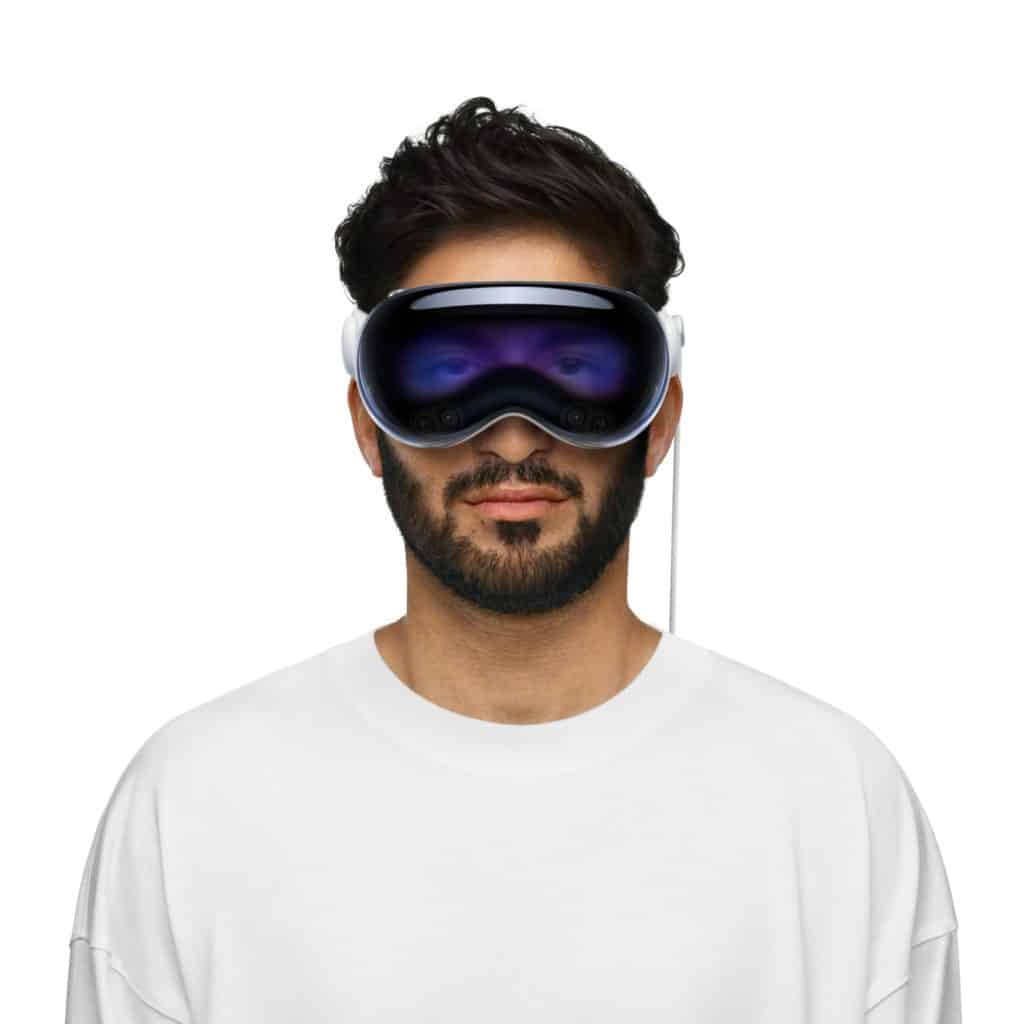The initial Apple Vision Pro headset, released at a premium price, showcased Apple’s commitment to AR/VR innovation. While it set a high bar for performance and features, the cost limited its accessibility. With the lower-priced Apple Vision Headset, Apple seeks to democratize immersive technology.
The lower-priced Apple Vision Headset is expected to retain essential features like spatial computing and advanced gesture controls while offering a more streamlined experience to meet a reduced price point.
Expected Features of the Lower-Priced Model
Apple is likely to simplify the design of the lower-priced Apple Vision Headset to reduce manufacturing costs. This could mean fewer cameras and sensors, a lighter build, or a shift in materials while maintaining the premium Apple aesthetic.
Running on a tailored version of visionOS, the new headset will likely focus on optimizing core features like immersive apps, FaceTime, and augmented productivity tools. Apple may limit some advanced capabilities, such as ultra-high-definition displays, to keep costs manageable.
Price Speculations
Rumors suggest the lower-priced Apple Vision Headset could range between $1,500 and $2,000, placing it in a more affordable segment compared to its predecessor, the Vision Pro. This pricing strategy could broaden Apple’s reach in the AR/VR market while maintaining profitability.
By focusing on delivering core AR/VR experiences, Apple ensures that even the lower-priced Apple Vision Headset offers exceptional value, appealing to tech enthusiasts and early adopters alike.
Market Impact
The introduction of a lower-priced Apple Vision Headset aligns with Apple’s history of releasing entry-level products to complement its premium offerings, such as the iPhone SE and the iPad Air. This approach has successfully expanded Apple’s customer base without compromising its brand identity.
Apple’s move could shake up the AR/VR industry, challenging competitors like Meta and Sony with its ecosystem of hardware, software, and services.
Design and Build Expectations
Apple’s design language emphasizes simplicity and elegance, and the lower-priced Apple Vision Headset is unlikely to deviate from this trend.
While premium materials like aluminum and glass may give way to polycarbonate or other cost-effective alternatives, the build quality is expected to remain solid and user-friendly.
Connectivity and Compatibility
The lower-priced Apple Vision Headset is expected to integrate seamlessly with other Apple products, including the iPhone, iPad, and Mac, enhancing the overall user experience.
A more efficient power management system may extend battery life, catering to users seeking an uninterrupted AR/VR experience.
Addressing Accessibility
By introducing the lower-priced Apple Vision Headset, Apple aims to attract new demographics, including students, educators, and small business owners.
Apple is known for its inclusive technology, and this device is likely to include accessibility features to cater to users with diverse needs.
The Road Ahead
The lower-priced Apple Vision Headset serves as a stepping stone for Apple’s AR/VR ambitions. It lays the groundwork for mass adoption while allowing the company to refine its technology and prepare for future innovations.
Apple’s vision extends beyond hardware. The company aims to create an immersive AR/VR network that integrates hardware, software, and services into a cohesive user experience.
The lower-priced Apple Vision Headset represents a significant milestone in Apple’s journey to make AR/VR technology more accessible. With its expected blend of affordability and functionality, it has the potential to revolutionize how users interact with digital content. As we await its official unveiling in 2026, the tech world watches closely to see how Apple continues to shape the future of immersive experiences.
